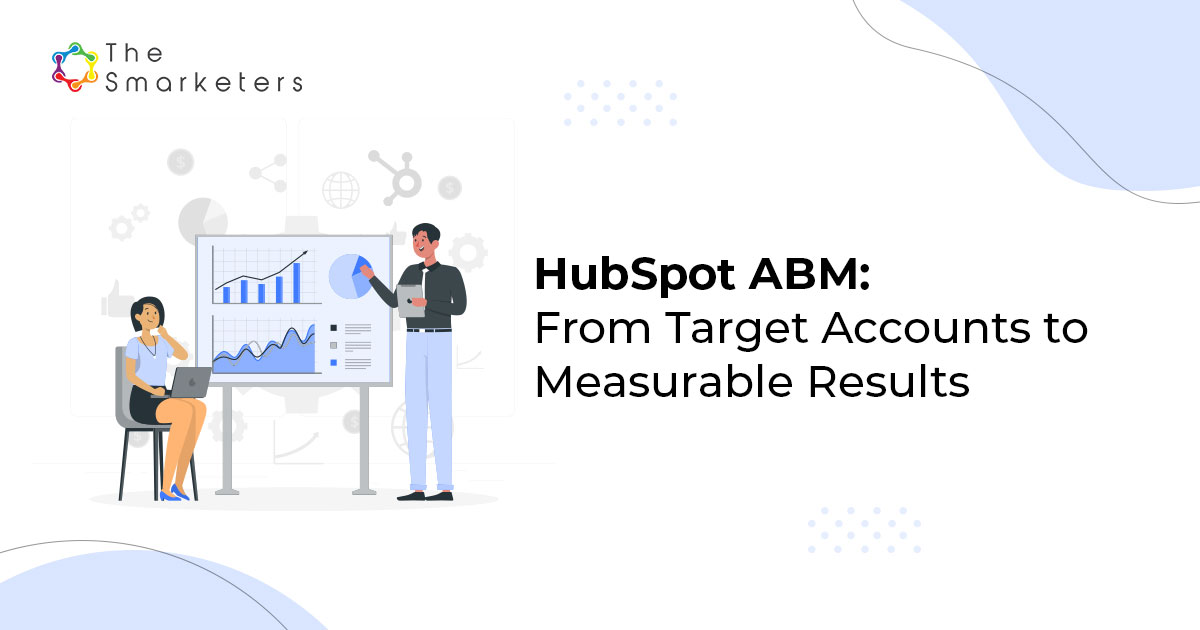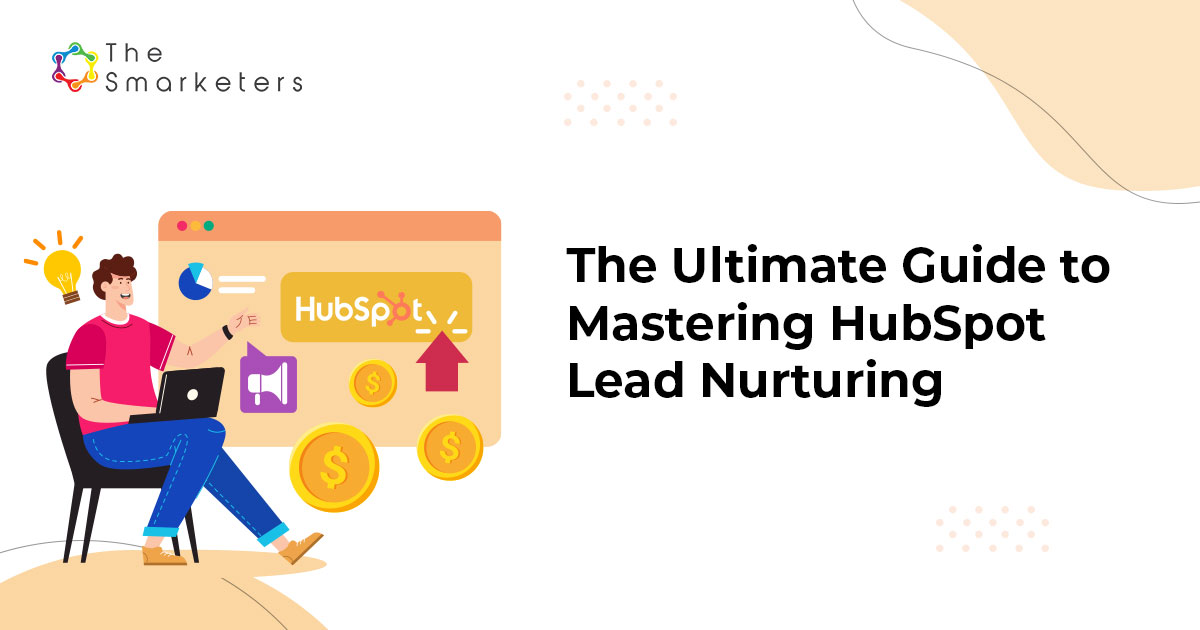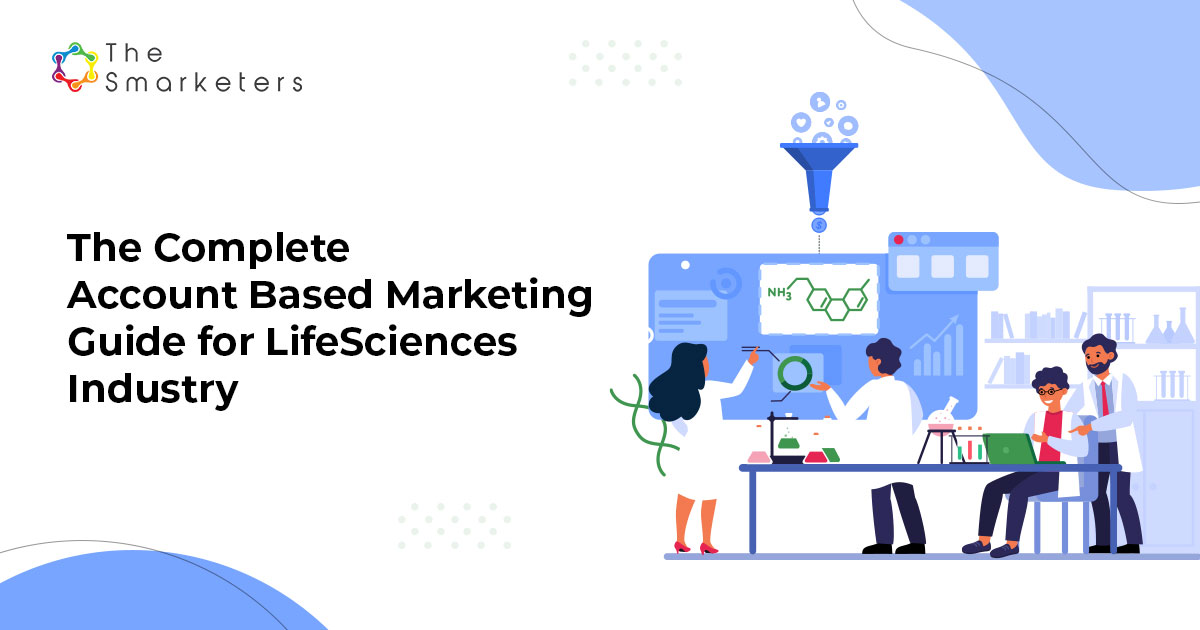There is no single metric that will tell you everything about the marketing campaign. That is because as a marketer, you would want to optimize the holistic performance not a single aspect of your campaign.
We have used a touch-point-driven approach to list down the most important metrics that can measure the success of a marketing campaign. Also, you may add more metrics to this list depending on the marketing channel for which the campaign is placed.
Prospective milestones are fitted into the marketing funnel and so are the metrics. It is ultimately the funnel that tells you what are the metrics that you have to track to measure the success of your marketing campaign.
These fit into any campaign irrespective of the channel. However, the nomenclature may change.
Important metrics to measure the success of your marketing campaign
In a typical funnel, you would be dealing with the top, middle and bottom of the funnel which is also referred to as TOFU, MOFU and BOFU respectively. Starting from the top, we have listed the relevant metrics.
Arrival of Leads
Leads arrive at the top of the funnel (TOFU). This mostly deals with how many and what type of leads are arriving from where. ‘From where are the marketing channels that you are tackling. Here we elaborate on these three aspects and relevant metrics.
1. Page views:
Page views are the number of people who viewed the pages on your website. Each page would further have unique and repeated page views.
2. Unique visitors:
Among those who viewed your pages, there are some who come onto your website for the first time. The number of these visitors indicates how many new people are interested in the product or service displayed on the website.
3. Search Engine Traffic and other traffic by channel:
Traffic is the number of people sprawling to your website from different channels. The search engine traffic is organic traffic that comes from Google, Bing and other search engines, apart from that you would also get traffic through social searches, paid searches, referrals and any other channels where you have mentioned your website.
4. Paid traffic:
This is the exclusive traffic that comes through ads and paid channels where you are deliberately spending money for more visibility and action from your target audience.
5. Inbound links:
This is a strong metric to evaluate the strength of your website’s response to organic searches and search engine optimization. The SEO metrics would show positive results only when your website has quality backlinks. These should be inbound and directed to your website.
6. Cost per lead (CPL):
This is the costing and budget part of leads that arrive in your funnel. This metric tells you how much you are spending to get one lead. This is nothing but getting down to unit economics. If it is worth spending as much money as you are, on one lead, then you would pursue that channel harder, but if you are not, then you will drop it.
7. Cost per qualified lead (CPQL):
While you may have a large pool of leads coming in, not all of them fit into your initial lead criteria. Leads that makeup up the criteria are lesser than the initial number of leads that you receive. The filtering from leads to qualified leads is what happens in TOFU before moving into MOFU. This metric tells you how each qualified lead, i.e after filtering would cost your business.
8. Subscriber rate:
The translation of qualified leads into subscribers who really show interest in your solution is a matter that tells you how successful your marketing campaign has been. The subscribers who act upon micro-conversions of your campaign will further be engaged in MOFU.
Engagement with Prospect
The subscribers who show interest in your content, communication or solution need to be further honoured with engagement from your team. Some metrics that help you understand how they are engaging with you and increase the engagement levels by tweaking the right aspects of your experience are what this list will help you with.
1. Bounce rate:
People visit your website but quickly step out of the page due to a lack of interest, irrelevance, or inappropriate content on that particular webpage. If this is high then the cost incurred to earn a qualified lead would be futile. Bounce rate is the percentage of single-page visits (or web sessions). It is the number of visits in which a person leaves your website from the landing page without browsing any further.
2. Conversion rate:
This is of high importance. Though you receive less number of leads, if you have 100% conversion of those into customers, then there is something awesome happening there.
3. Shareability:
This tells if your existing content and communication receive a favourable response from the people engaging on the website. If more and more content is being shared, then you have a high likelihood of better engagement, conversions and referrals.
4. Cost per Opportunity/ Prospect:
The cost per opportunity that you receive or otherwise also referred to as prospect includes the cost spent in attracting a qualified lead, converting them into subscribers, spending valuable content in engaging them and finally bringing them to be a paid customer.
5. Exit rate:
How are people exiting your marketing channel or website? Track exits on your website can be easily accomplished using an analytical tool, but if it is an external marketing channel, then you need insights from the channel. Exiting is not always bad, as they could exit making a purchase or requesting a demo. Tracking these positive actions helps you understand how and why is someone exiting.
6. Domain authority:
This tells you how much probability would your domain have over the others in terms of influence. Would your domain be found more relevant and attractive to someone who is looking at ten other similar websites? Domain authority is gained through highly relevant and qualitative content on your website supported by other off-page websites that recommend your website using a link on their pages.
7. Social ranking:
On most social media properties likes, comments and shares determine the social ranking. Some of them have other engagement metrics unique to their platform. Some also allow reviews. These create an opportunity to mention and talk about your business to others. This is more like the popular vote being given.
8. Email open rate:
Every email marketing campaign requires this to be the basic matric. Once you send out an email, knowing the open rate, i.e how many people have opened the email would let you know how successful your email has been.
8. Click-through rate:
Also known as CTR, explains how many people clicked on different links and CTAs provided either in an email, ad or web page.
9. Subscriber churn:
This tells you how many people who subscribed, also unsubscribed after a period of time.
Output: Final Customer
1. Conversions:
These explain the number of people who converted from qualified leads to final customers who pay for your product or service.
2. Conversion Rate:
As mentioned earlier, this is the total number of people who converted into customers during a certain period of time and the consistency in conversion.
3. ROI:
Return on Investment is the metric that a marketer breathes. This is the total earnings you have gained over the total spend. ROI will be positive when your earnings are more than they spend.
4. Cost per customer acquisition:
Every customer that you earn would be for a certain cost. The cost incurred needs to be low to achieve a positive ROI.
5. Lead to sale ratio:
This is another way of determining customers. The number of leads that have been made to a sale would be the ratio that tells you the trend of a certain channel.
Efficiency and Optimization
After achieving sustainability, you will rely on optimization. These metrics determine how sustainable a channel is for you and also help to determine and preempt the success of a campaign.
1. Cost per dollar earned:
Also called CPDE is the amount you spent to earn each rupee. Depending on the country of operation you can change the currency with the respective nation’s currency.
2. Marketing contribution to revenue:
How much of the revenue contribution has been from marketing efforts versus the rest.
3. User adoption:
How are users adopting your product? Adoption is defined differently by different businesses. Sum up all aspects of how adoption occurs in real-time with a consumer and divide it by the total score that you assign to adoption.
4. User abandonment:
This is again about how your user is approaching the last step of sale completion but leaving out the page and retrenching from making a purchase.
Why Metrics?
The list of metrics that we provided indicates the success of a campaign and also helps you in charting a trend or reading a pattern among the campaigns. This provides you with a great amount of knowledge about your own business, competitors and the consumer.
This is non-exhaustive. Every business is unique, and there are further metrics that would add meaning only to your business. We would love to learn and discuss any other metric that you use, specific to your industry.












